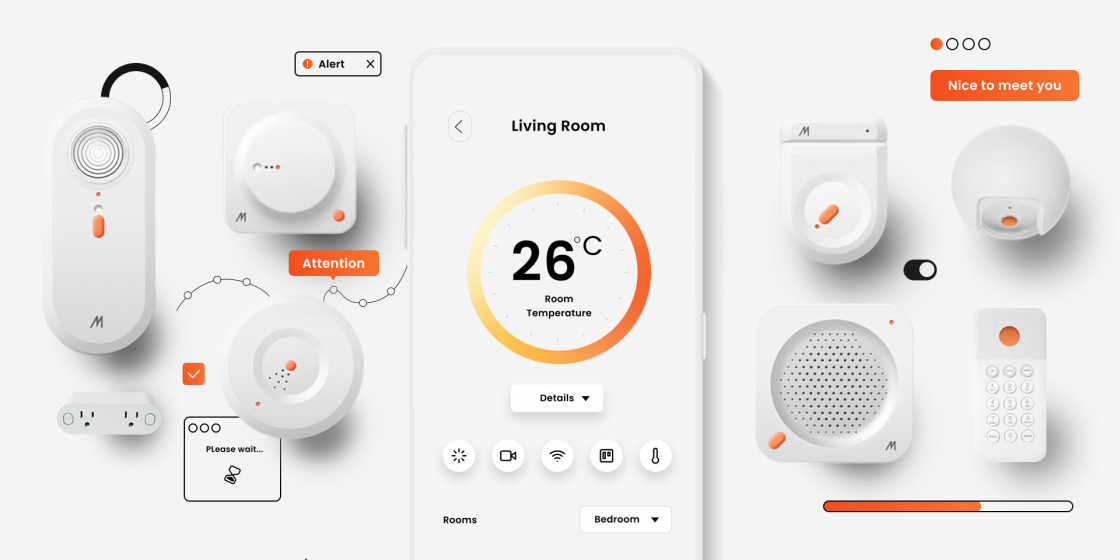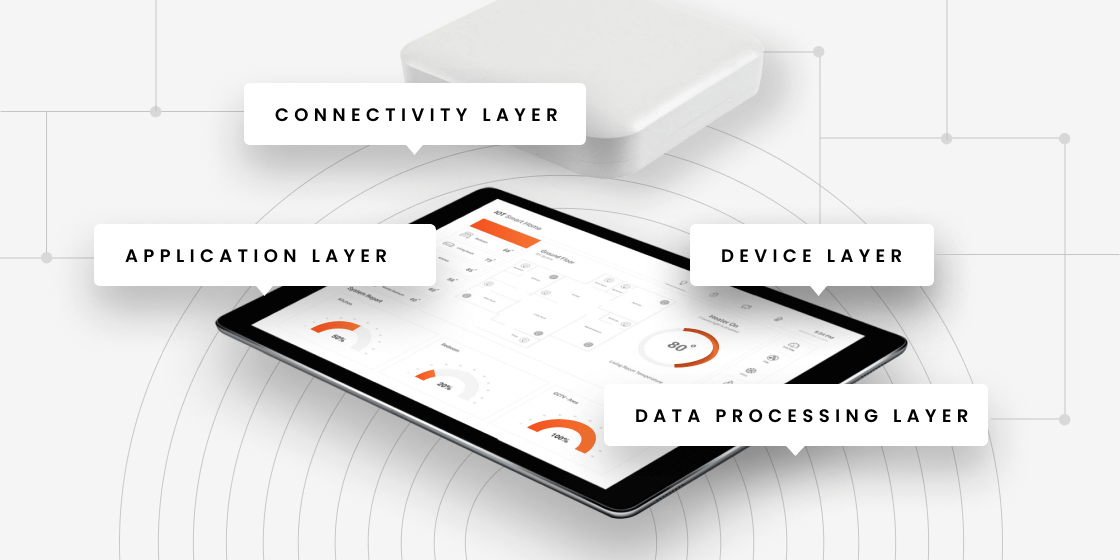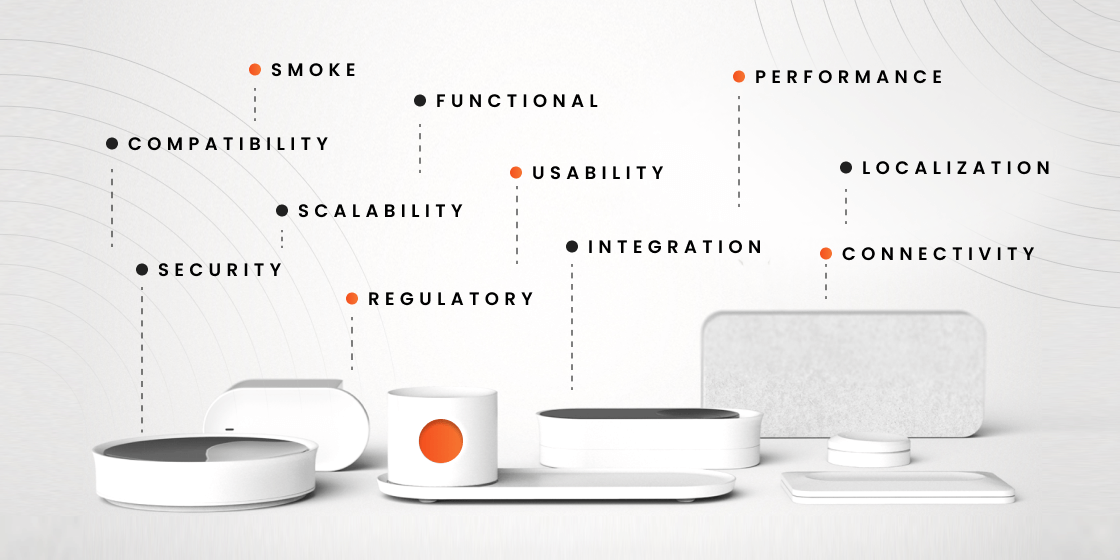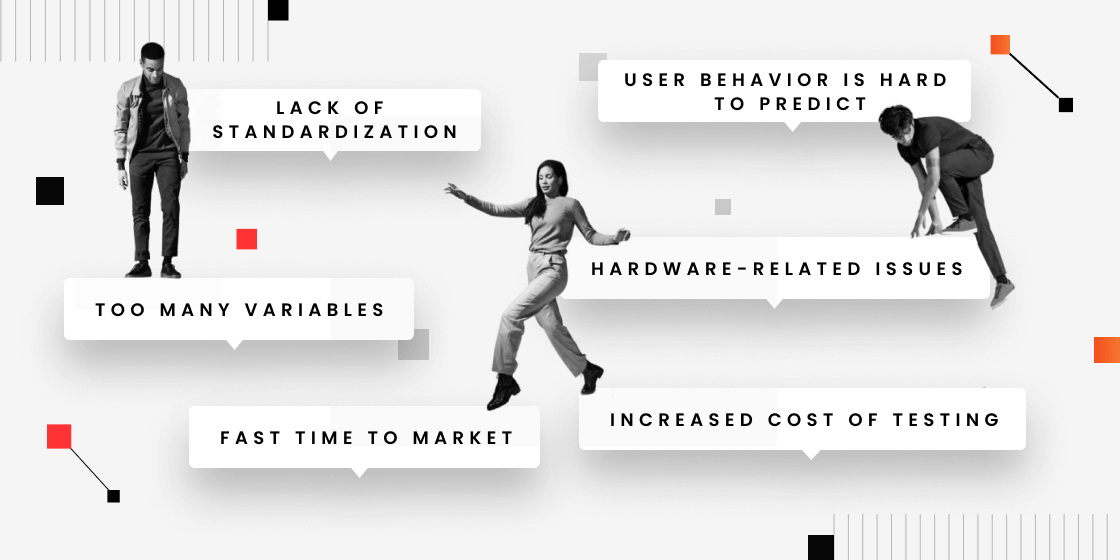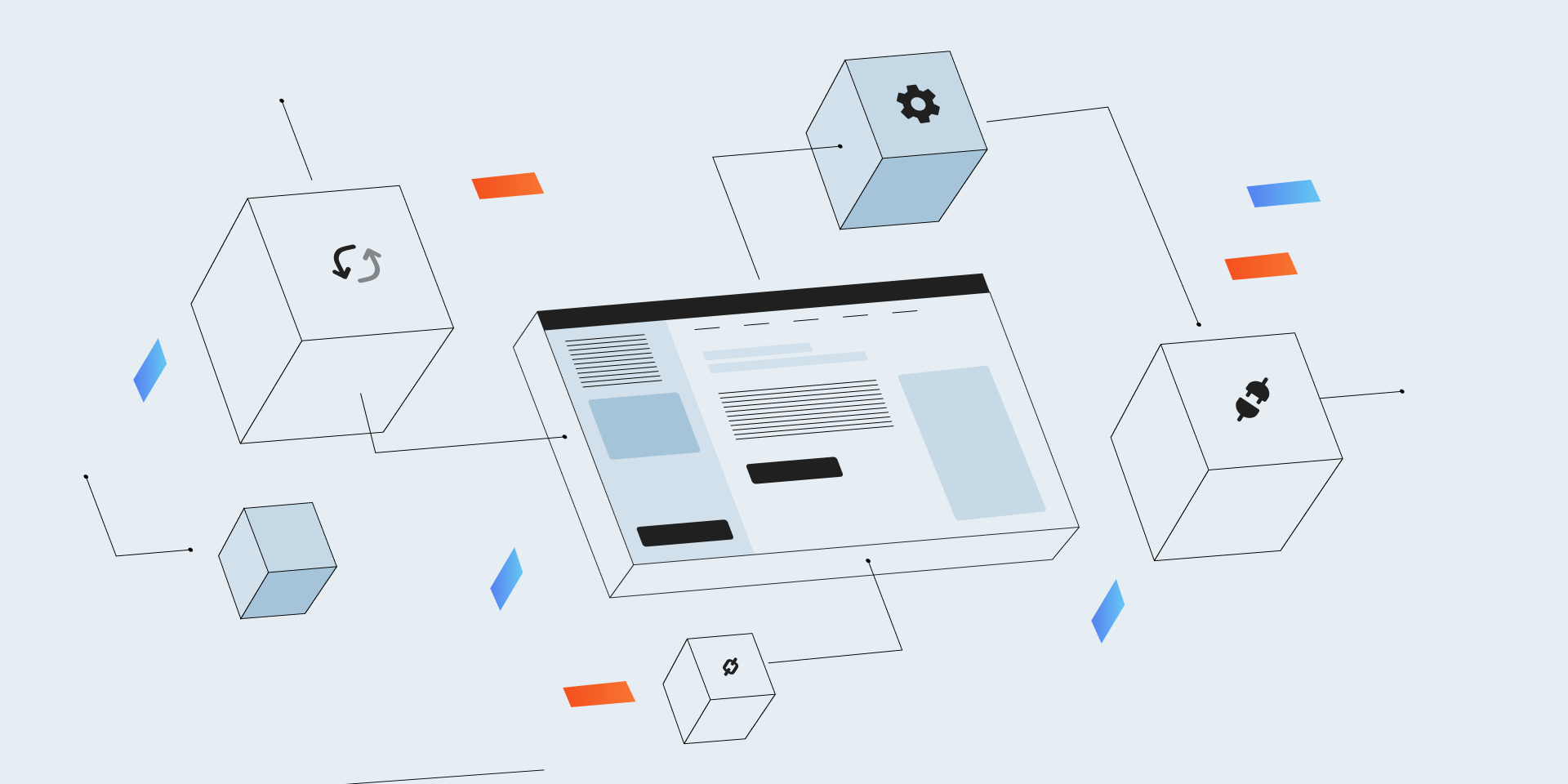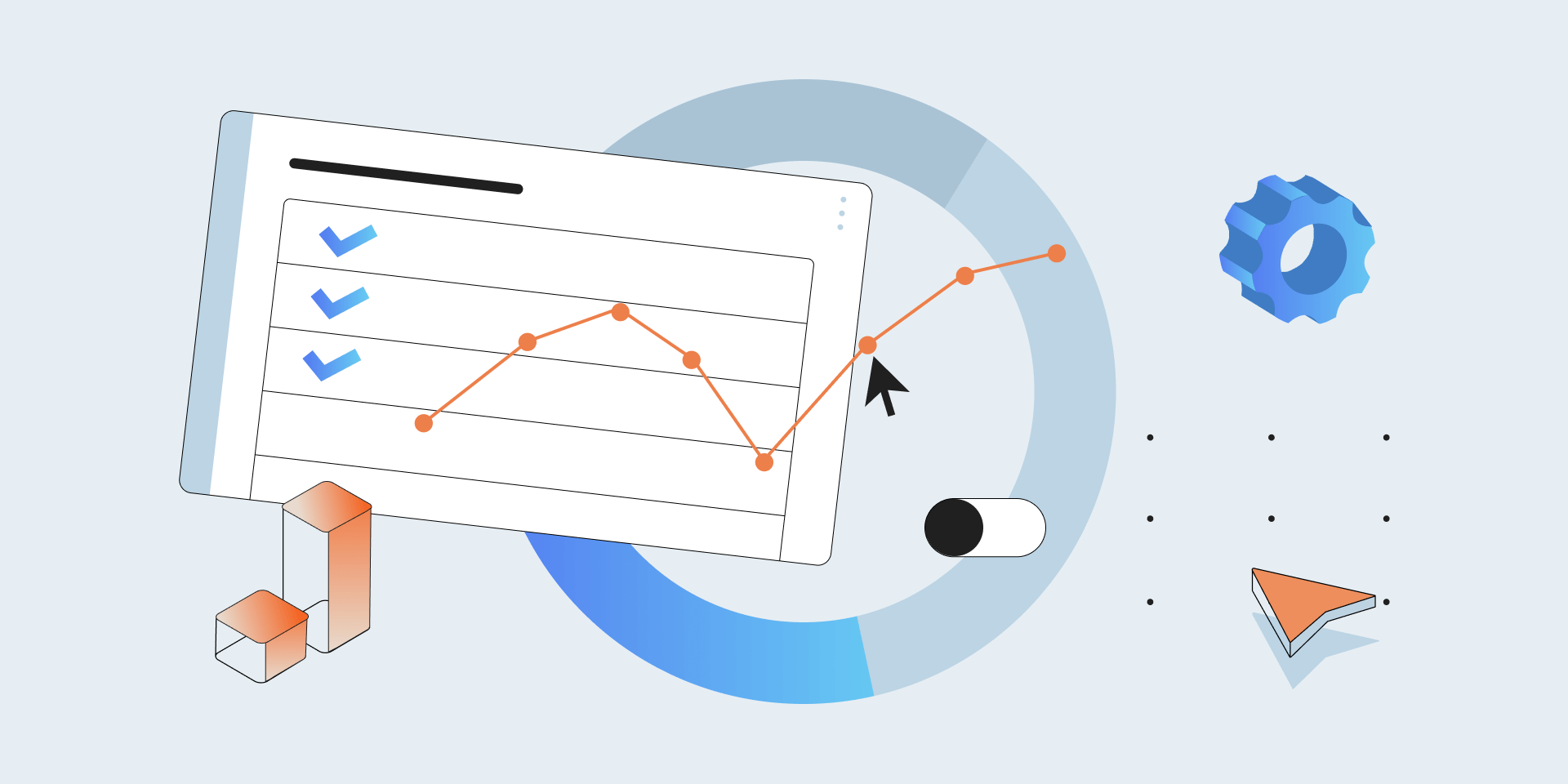Lack of Standardization
Many IoT device types have been around for years and are regulated by certain industry standards. However, there are lots of completely unique IoT solutions that are hard to categorize, and the standardization industry clearly struggles to keep up with the IoT industry. The lack of strict standardization means the QA team has nothing to base the testing strategy upon and no blueprint that can serve as a canvas for testing.
User Behavior is Hard to Predict
There are IoT products that are barely interacted with by human beings other than the setup and maintenance process. These can include different agricultural equipment, factory machinery, and logistics devices. And then there are IoT products that are interacted with every single day, such as medical devices and wearables. This means the team has to account for most of the possible ways the user can interact with the product, which takes time and experience.
Too Many Variables
An average IoT product is a combination of hardware, software, cloud technologies, and design features that is not used in any other product, even if their functionality is similar. Moreover, IoT devices require different connectivity protocols, so much so that some IoT testing experts believe that it’s not even possible to know every connection present in the device, let alone test it. Too many variables in a product also mean a longer, more labor-intensive process of testing the compatibility of your IoT solution.
Hardware-related Issues
The actual IoT device — the piece of hardware that the user interacts with — is usually autonomous to a degree but still needs to be regularly maintained and have its battery charged. Unfortunately, both things often prove challenging. As a result, IoT QA engineers may choose to go lightly on testing and updates, which, in turn, can make the solution more vulnerable to security issues and jeopardize the whole related IoT environment.
Fast Time to Market
IoT product owners face a fierce competition in the market these days. With some exceptions of absolutely one-of-a-kind products, there are usually several alternatives available for every IoT product you can think of. This is why product owners feel pressured to release their solutions faster than their competitors. This creates an additional challenge for the QA team, who now have to try and complete the same amount of testing in less time. Sometimes, it also means that IoT testing is treated as an afterthought in favor of faster release cycles, which will inevitably damage the IoT device’s performance, security, and eventually, reputation.
Increased Cost of Testing
There are many reasons why testing IoT devices typically costs more than testing regular software solutions. In addition to the possible seniority and prior experience requirements for the QA engineers, it’s also often necessary to set up a testing lab where the team can create the required conditions for thoroughly testing the product. It’s very expensive to do in-house and also triggers additional costs when working with an outside vendor.
Security Vulnerabilities
IoT devices are often vulnerable to security threats. Many IoT products lack strong encryption, and their connected nature opens doors for cyberattacks. With so many devices operating on different networks, ensuring a robust security framework is essential but challenging. Each device’s security needs to be tested rigorously to prevent breaches, but that’s not always feasible within tight timelines.
Data Privacy Concerns
IoT devices collect vast amounts of data, often sensitive. Testing how this data is handled, stored, and transmitted is critical. Yet, with different regulations across regions like GDPR or HIPAA, maintaining data privacy can become a challenge for testers. Ensuring compliance while making sure that the device handles user data responsibly is both time-consuming and complex.
Real-World Testing Environments
Simulating real-world conditions for IoT testing is tough. IoT devices operate in diverse environments, from smart homes to industrial settings, each with unique variables like temperature, connectivity issues, and power constraints. Creating accurate test environments for all these conditions is expensive and difficult. Real-world testing delays product release but skipping it increases the risk of failure in the field.
Interoperability issues
IoT devices often need to interact with other devices, systems, or platforms. Ensuring seamless communication between multiple devices using different protocols, software, or hardware can be a major challenge. Testing interoperability requires time and specific tools, and failing to address this can lead to performance issues when devices are used together.
How to Address Internet of Things Testing Challenges
| Lack of standardization | Develop custom testing frameworks based on best practices, and adapt testing to industry-specific needs. |
| User behavior is hard to predict | Perform extensive user behavior simulations, and focus on edge cases and real-world usage patterns. |
| Too many variables | Create modular tests for each component (hardware, software, connectivity) to manage complexity. |
| Hardware-related issues | Implement regular maintenance checks and automate hardware testing where possible to ensure reliability. |
| Fast time to market | Adopt agile testing methodologies and implement continuous integration for faster feedback loops. |
| Increased cost of testing | Use cloud-based IoT testing platforms and collaborate with external vendors for cost-effective testing labs. |
| Security vulnerabilities | Prioritize security testing early on, include penetration testing, and regularly update security protocols. |
| Data privacy concerns | Ensure data encryption, adhere to privacy regulations, and perform compliance testing to protect user data. |
| Real-world testing environments | Utilize simulation tools and create controlled environments to mimic real-world scenarios for testing. |
| Interoperability issues | Perform cross-device and cross-platform testing, ensuring seamless communication between different systems. |
Best Practices for the Internet of Things Testing
Whether you’re doing all IoT QA yourself or planning to use some outside help, it’s always a good idea to know how this type of testing is done and how to make it more effective. We are not going to post a whole testing tutorial here, but these are the key best practices for testing IoT solutions:
- Automate everything you can. Internet of Things testing is one of the most challenging QA types to automate, but it’s also one where automation always pays off. You should especially consider mature testing processes for automation, since automating them makes the most business sense.
- Use gray box testing. By providing the testing team with some, but not all knowledge of the internal system workings, you can achieve a deeper understanding of whether the IoT solution truly hits all the marks. Grey box testing also works well when architecture, connectivity, and third-party software integrations are considered.
- Test in real-life scenarios. Teams often create whole testing labs for evaluating IoT solutions, but these are products that are going to be used every day in all kinds of scenarios. Real-life conditions, including different UX, performance, network, and compatibility testing scenarios, allow to look at the solution from even the most unlikely angles.
Why It’s Important to Thoroughly Test IoT Products
The fact that software and hardware testing is essential for ensuring the quality of the product, and therefore the company’s reputation and revenue, is not up for debate. However, testing IoT solutions takes all of that to the next level, as the cost of error for an IoT product is significantly higher.
What’s the worst thing that could happen when an eCommerce site displays poor performance during a Black Friday sale? The customers cannot finish the purchase, and the company loses revenue as a result. But we probably don’t need to explain the potential outcome of a home security system being infected with malware due to insufficient security testing, the whole smart city infrastructure coming to a halt due to one malfunctioning component, or an insulin pump administering the wrong dosage.
This is why the key QA principle that states that exhaustive testing is hardly ever possible is more true than ever for Internet of Things testing. In other words, the more testing is done, and the more aspects of the solution are covered, the better for everyone, including the owners and end users of an IoT product. This is why we believe that our IoT testing services can come in handy for all IoT providers and software developers, since IoT is the future.
10 Key Takeaways: IoT Testing Challenges and Best Practices
#1. Unique complexity. IoT testing is more complicated than traditional software testing because it involves both hardware and software, often requiring custom testing strategies for each device.
#2. Layered architecture. IoT testing must cover multiple layers, including devices, networks, data processing, and applications, ensuring seamless communication between them.
#3. Connectivity challenges. Testing the variety of network protocols and ensuring stable connectivity across devices are some of the most difficult aspects of IoT QA.
#4. Hardware variability. IoT devices come in a wide range of hardware configurations, making it essential to test across different physical environments and use cases.
#5. Security is paramount. IoT devices are often vulnerable to cyberattacks, and security testing should be a priority, especially given the sensitive data many devices handle.
#6. Performance under stress. Performance testing is crucial for IoT devices that handle large data loads or operate in challenging environments, where even small failures can cause big issues.
#7. Automation is key, but not enough. While automation helps streamline IoT testing, manual testing remains vital, especially for hardware-software integration and usability scenarios.
#8. Real-world testing. Simulating real-world conditions is necessary for IoT testing, as devices are often used in unpredictable environments with varying connectivity and power levels.
#9. Regulatory compliance. IoT devices typically fall under strict industry regulations, making regulatory testing a critical part of the QA process, particularly for industries like healthcare and smart cities.
#10. Continuous testing. Given the evolution of IoT devices, testing needs to be an ongoing process that evolves alongside the product, incorporating frequent updates and optimizations. Build your own IoT development team, or entrust your solution to an outsourcing company.
Wrapping Up: The Reality of IoT Testing
Testing IoT solutions isn’t straightforward. Every device, and every system comes with its own set of challenges — hardware, connectivity, and security. Sure, we’ve got automation to speed things up, but manual testing is still crucial for catching those edge cases and unpredictable failures.
Right now, combining both manual and automated testing works well. But it’s not enough to stop there. Continuous testing and adaptation are key to keeping up with the rapid pace of IoT development.
Our outsourcing team knows this. We don’t just test; we anticipate. We adapt our strategies to fit each unique IoT project, ensuring devices perform flawlessly in real-world conditions. Because when it comes to IoT, quality can’t be compromised.
